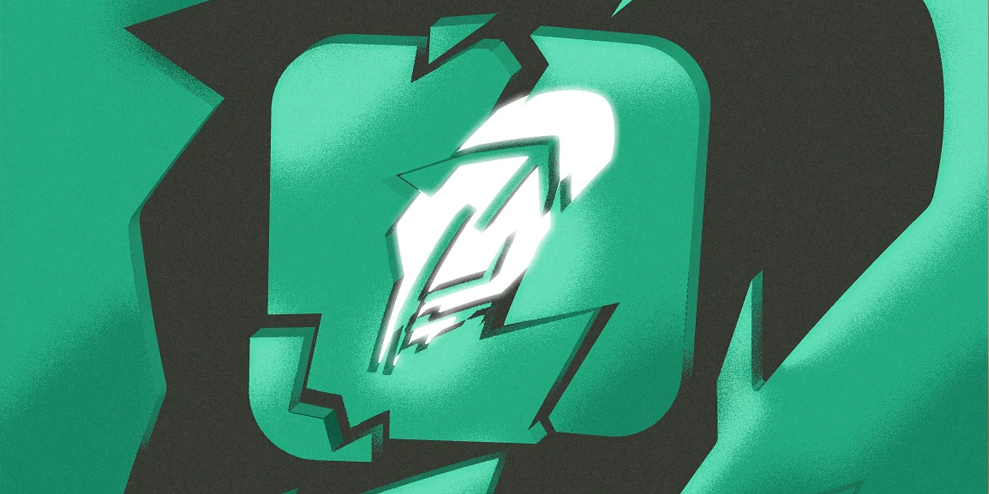The legend of Robin Hood is that of a heroic outlaw who steals from the rich to give to the poor, while fighting and evading the evil sheriff of Nottingham. As a brand image inspiration, you could do much worse.
There are enough ins, outs, and what-have-yous surrounding this situation to require multiple explainers, but from a marketing and brand point of view, this has been an absolute unmitigated disaster for Robinhood. High profile people are echoing the angry voices of the company’s everyday customers, all calling the brand out for abandoning its principles. On Thursday, a class action lawsuit was filed claiming Robinhood rigged the market.
And even giving the company the benefit of the doubt that it was restricting trading due to its own liquidity issues because of the surge, Robinhood’s complete lack of transparency and failure to communicate the reason behind the halt has further angered its customers.
Back in 2017, Robinhood cofounder Baiju Bhatt spoke to Fast Company about the role that brand image plays in how young people want to invest their money. A Tesla driver wants to buy Tesla stock. A Budweiser drinker wants to buy A-B InBev stock. An Apple fan wants Apple stock. “People care about these companies,” said Bhatt. “It’s the millennial version of the baby boomer mantra, ‘Buy what you know.’”
Robinhood was an investing tool that spoke to young people in their own language, that of social media and mobile gaming, combined with no transaction fees or account minimums. And it worked: 32% of app visitors are between the ages of 25–34, while half of the reported 3 million new accounts in Q1 2020 were first-time traders. According to a New York Times analysis in July, Robinhood users trade at vastly higher volumes than their counterparts on E-Trade and Charles Schwab.
Of course that came with a dark side. In June 2020, 20-year-old Alexander Kearns committed suicide after mistakenly believing he was down $730,000 after trading options on Robinhood. Critics have been ringing alarm bells over the past year about how the app’s gamification takes all the dangers of social media addiction and adds gambling to the mix. NYU prof Scott Galloway made “Robinhood is the new menace” one of his predictions for 2021. It’s only January!
Just as Bhatt said, people care about companies. A brand is commonly defined as the story a company tells us about itself. But that’s evolved in the 21st century to become the yin and yang between a company’s self-image and its public perception. The closer the two are, the stronger the brand image. And right now, for many of its most ardent fans, Robinhood has decimated that image by going back on its initial promise to even the playing field for the little people. Instead, the little people are realizing that they’re the product, not the customer. Put another way, to the folks in Sherwood Forest, the outlaw is looking a whole lot like just another sheriff.


